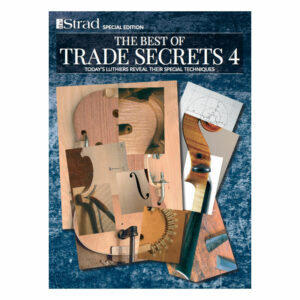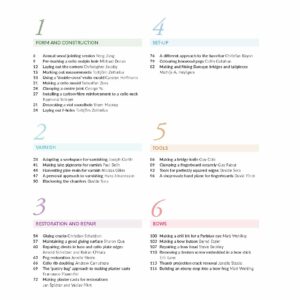The 1677 ‘Romanov’ was made when Nicolò Amati was 81 years old and clearly shows the hand of the master, along with that of his son, Girolamo Amati II. It has been part of the collections of the Venetian nobility and Russian imperial dynasty, and was for many years the concert instrument of Max Aronoff, violinist with the Curtis Quartet.
‘This is only the third poster of a Nicolò Amati instrument in The Strad’s history – perhaps surprising given the maker’s significance to the world of violin making. Nicolò’s violins have been overshadowed by the great works of Stradivari, Guarneri ‘del Gesù’ and Guadagnini which are generally better for large concert halls: as a consequence, contemporary makers seldom choose Nicolò Amati models for their violins (unless making a Baroque instrument specifically). When it comes to violas, however, there is a different trend: when I was a judge at the 2018 Cremona Triennale it was a nice surprise for me to see how many violas were based on Amati models.
‘When using a Stradivari violin pattern it’s important to respect the original design. It is not advisable to make significant changes to the proportions to a mould that is apparently perfect: you cannot mess up with a Strad model. For viola making, a Nicolò Amati model can be modified much more successfully without losing its original spirit and balance: the relationship between the f-holes and the central body, for instance, can be more easily modified when resizing the instrument. For this reason, it makes sense to publish a poster of a resized large viola; and given that digital technologies are now available to everyone, makers will be able to adjust the model according to their own needs and personal solutions.
‘The good side of viola making is that there is still a great deal to be learnt in terms of sound research, and that it gives makers a chance to develop their own style while respecting the classical roots of our tradition.’
– Alberto Giordano in The Strad’s December 2019 edition









